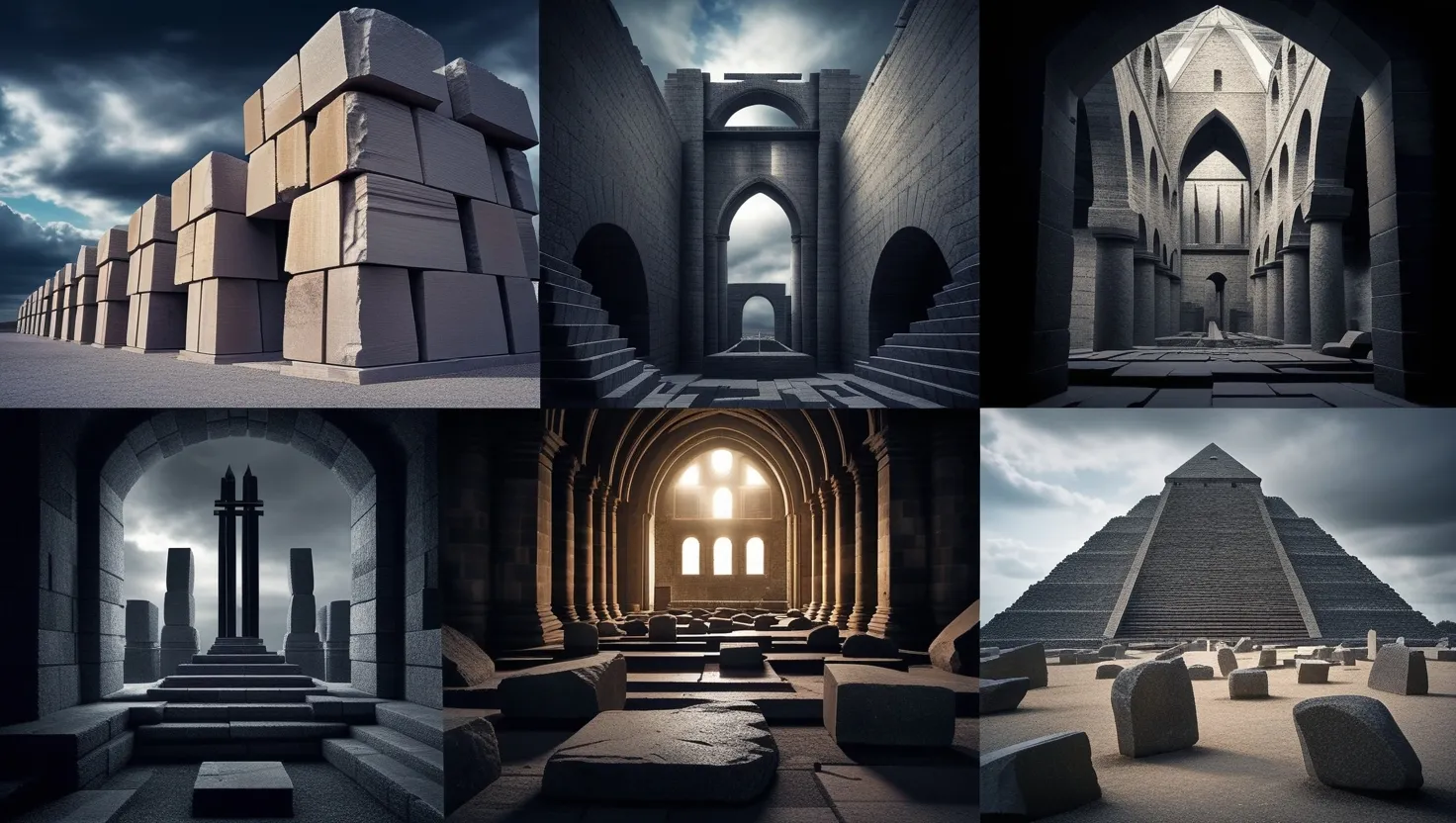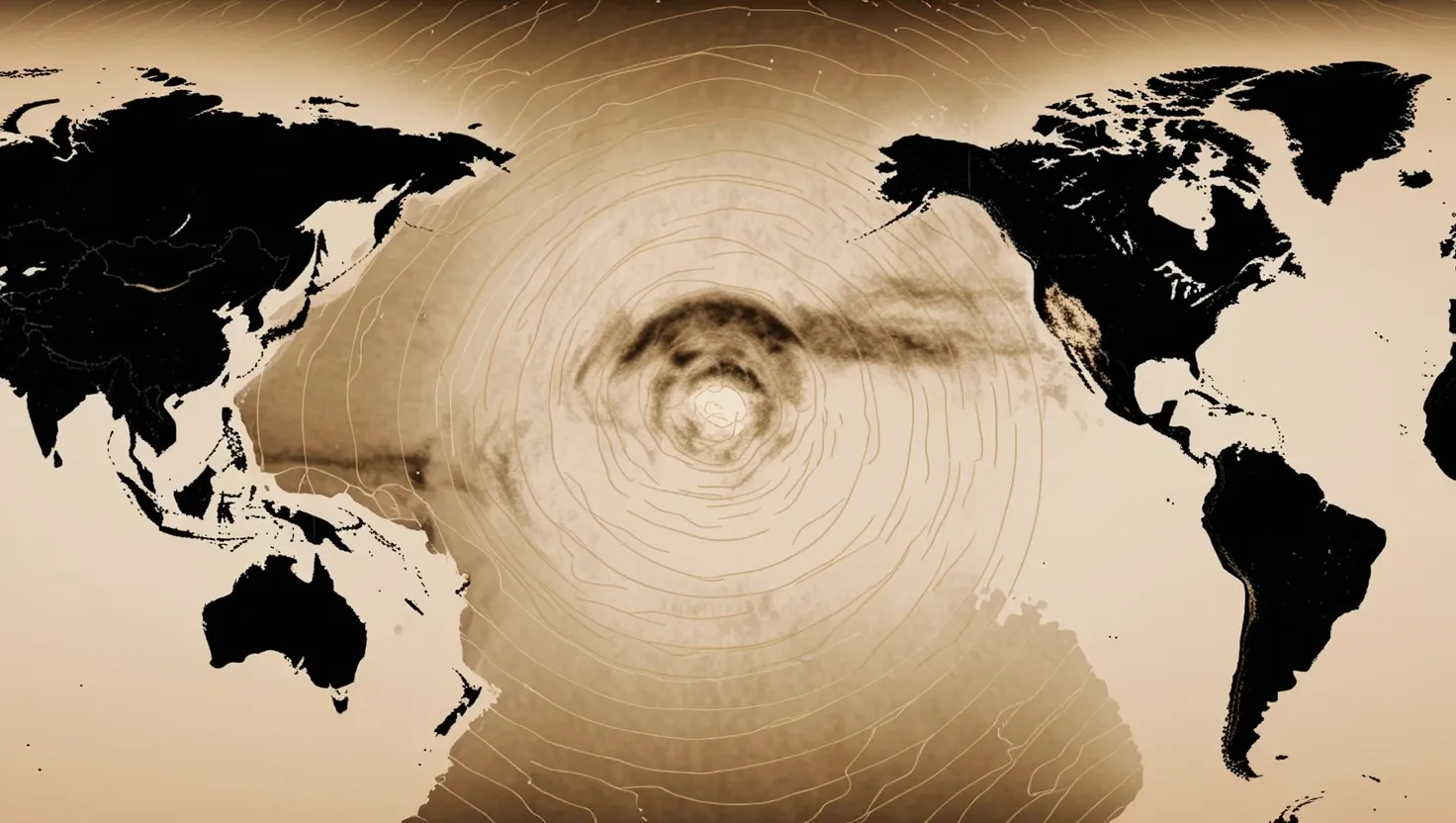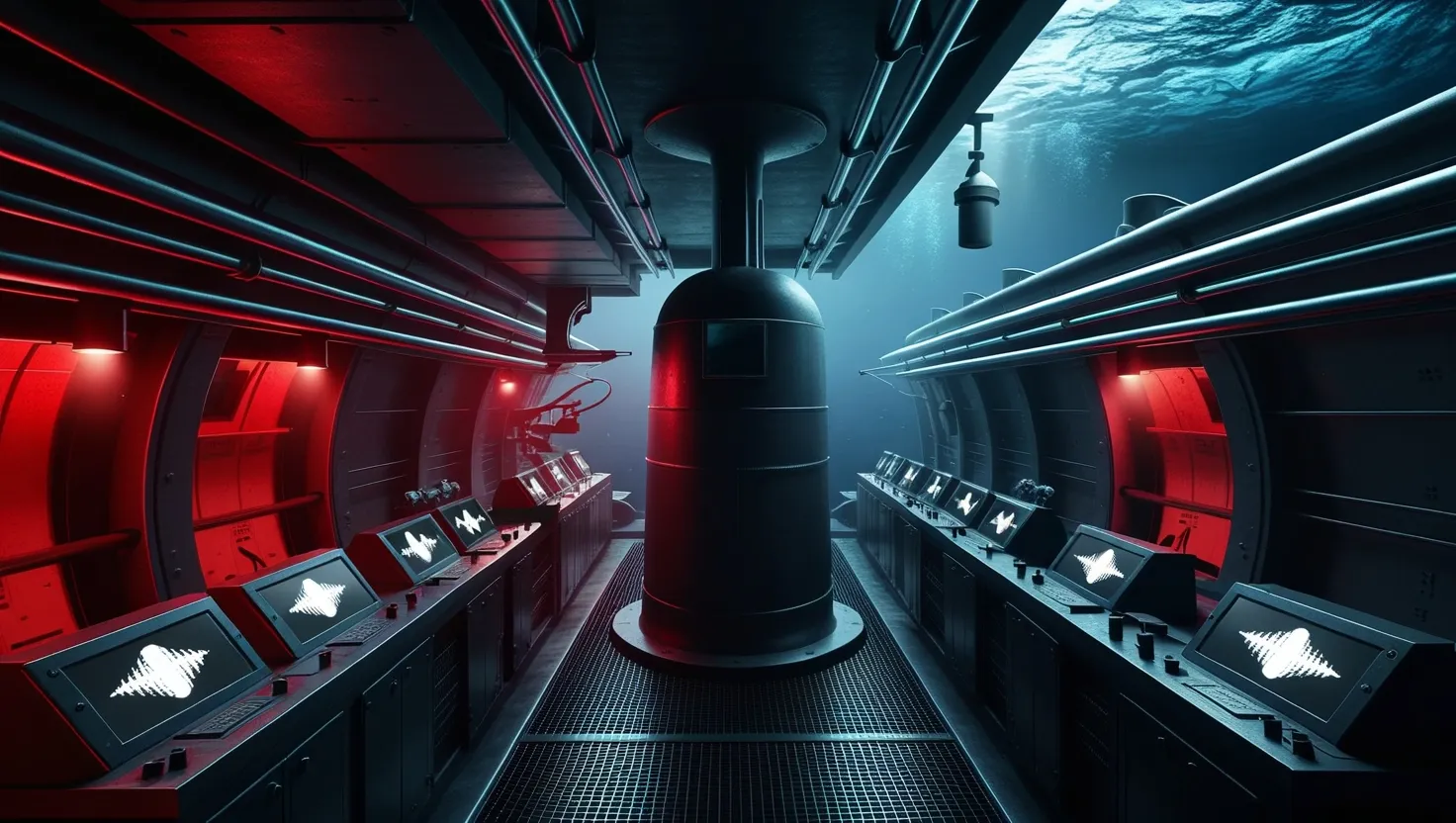If you’ve ever stood before a monument that seemed to whisper secrets from another age, you’ll understand why I’m endlessly fascinated by ancient architecture. Certain structures don’t just defy time—they defy explanation. They’re not just impressive feats of engineering; they actually make us question what we know about history, technology, and the very capabilities of humankind. Today, let’s journey together through seven remarkable sites scattered across the globe, each one holding a mystery that even today’s best minds haven’t fully explained.
Consider Sacsayhuamán, perched above the former Inca capital of Cusco in Peru. The first time I saw photographs of its megalithic walls, I couldn’t believe what I was looking at. These aren’t the regular stones you find stacked in centuries-old fortresses. Some of the limestone blocks here weigh more than a city bus—up to 200 tons each. Here’s the real puzzle: These stones are fitted together with such immaculate precision that you can’t even slide the tip of a knife between them. No mortar glues them into place. Tool marks, usually a byproduct of ancient stonework, are nearly nonexistent. And while most modern cities quake and crumble under seismic waves, Sacsayhuamán shrugs off earthquakes as if it was designed with some supernatural blueprint for stability. How did its builders, without modern cranes or diamond saws, work these stones and fit them so precisely?
“If you want to find the secrets of the universe, think in terms of energy, frequency and vibration.” – Nikola Tesla
Now let’s travel to the shadowy, stained-glass interior of Chartres Cathedral in France. Gothic cathedrals are famous for their beauty, but Chartres hides a sonic secret in its walls. Certain chapels within the building create harmonic frequencies so precise that they seem engineered to alter consciousness itself. It’s not just the size or shape of the rooms; it’s the exact composition of the stones, as though they were crafted and arranged to manipulate sound vibrations in ways we’re only beginning to reproduce with today’s computer models. These frequencies can stir deep meditative states, and it raises a provocative question: Did the original architects understand secrets about sound and stone that we’re only now cracking with high-tech acoustical science?
Have you ever wondered what it would be like to live in an entire city, stretching not toward the clouds, but into the earth? Derinkuyu, in Turkey’s Cappadocia region, isn’t just a cave or a shelter—it’s an underground metropolis constructed more than a millennium ago. Descending eighteen stories down, it once provided homes, worship spaces, and even livestock stables for 20,000 people. Here’s where science gets stumped: Ingenious air shafts distributed fresh oxygen almost two football fields deep, without any mechanical assistance. Even with current engineering expertise, maintaining breathable air at that depth—using only passive methods—is a serious challenge. What did the ancient engineers know that we’re still trying to master when designing energy-efficient underground spaces?
Now, imagine one man, alone, moving stones that would challenge teams of laborers. That’s the story of Florida’s Coral Castle—a set of coral blocks carved and stacked over decades by Edward Leedskalnin, who apparently operated solo and mostly at night. The mystery deepens with modern geologists discovering local magnetic field disturbances within the grounds—phenomena not explained by any natural features of the region. Was Edward tapping into a lost understanding of magnetism or gravity, or are these anomalies just coincidences we don’t yet have enough evidence to explain? Either way, the site sits quietly, daring us to figure it out.
Across the world, rust eats away at exposed iron—except, somehow, in Delhi, India, where an iron pillar has stood for over a millennium in the open air and monsoon rains, with almost no corrosion. Modern scientists have studied its makeup and found a surprising amount of phosphorus in the metal, which has created a long-lasting protective film. But when industrial efforts tried to replicate the process, they couldn’t create iron that resisted corrosion this well. What did ancient craftsmen understand about materials science? Did they stumble upon the perfect formula by accident, or was it the result of forgotten trial and error?
“In questions of science, the authority of a thousand is not worth the humble reasoning of a single individual.” – Galileo Galilei
No list of architectural mysteries would be complete without stepping inside the mind-bending geometry of the Great Pyramid of Giza. For centuries, people have speculated about hidden chambers and forgotten treasures, but the latest puzzle comes from thermal imaging. Recent scans have found internal voids with persistent temperature differences from the surrounding stone, matching predictions from theoretical energy models. These could be architectural features we haven’t identified—or the residue of ancient technologies we can only speculate about. The pyramid’s structure seems to focus energy in ways uncannily close to mathematical “nodes” foreseen in advanced physics.
And then there’s Puma Punku in Bolivia. Here, high on the Altiplano, scattered stone blocks show cuts and drilled holes as crisp as if they were made with diamond-tipped tools. The stone, andesite, is extremely hard—much harder than copper, which was the most advanced tool metal known in the region during its construction. Some blocks fit together with impossibly tight joints and right angles that would stretch the limits of any stonecutter, past or present. Did these ancient builders possess tools or methods that left no trace?
“Science is the great antidote to the poison of enthusiasm and superstition.” – Adam Smith
These places make me question easy explanations. We love to say “aliens did it” or imagine supernatural intervention, but what if we’re just not giving our ancestors enough credit—or, maybe, just maybe, we’re still overlooking lost chapters in the book of technology?
I find it fascinating how patterns appear again and again in these mysteries: precise geometry, unusual material durability, manipulation of energy and sound. Is there a layer of knowledge that once spanned different ancient cultures—a pool of shared concepts, perhaps—now lost or hidden in plain sight? What if civilizations communicated more across continents, sharing breakthroughs in metallurgy, acoustics, and stoneworking? Or is each site a standalone marvel, with its own local context, its own methods, its own accidental inventions?
Do you think we’ll ever discover definitive answers, or are certain secrets destined to stay just out of reach? Some say it’s only a matter of time before advanced scanning, AI analysis, or a serendipitous archaeological dig brings more answers. Others argue that without written records, speculation will continue to fill the gaps.
“Architecture should speak of its time and place, but yearn for timelessness.” – Frank Gehry
Perhaps, after all this, what’s most captivating isn’t a solution, but the invitation to keep asking questions. Every time we find a new clue carved in stone, or a mathematical anomaly encoded in ancient blueprints, we get another hint that history is rarely as straightforward as we’d like to imagine. So next time you’re before the ruins of an old temple or a cathedral’s shadowy nave, take a moment to wonder: What might we be missing? What new eyes or ears—or minds—might crack the codes that have so far eluded us?
I believe there’s wisdom in not knowing all the answers. The structures we’ve explored don’t just stand as relics; they’re puzzles that invite participation. The more we learn, the more we see how much is still out there to discover—not just about the past, but about what humans are truly capable of, now and forever.






